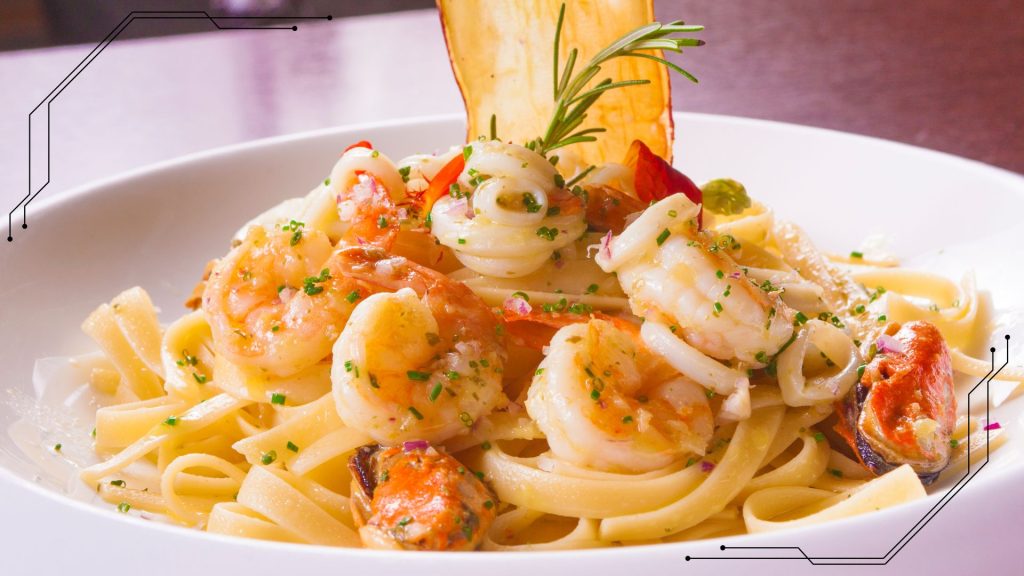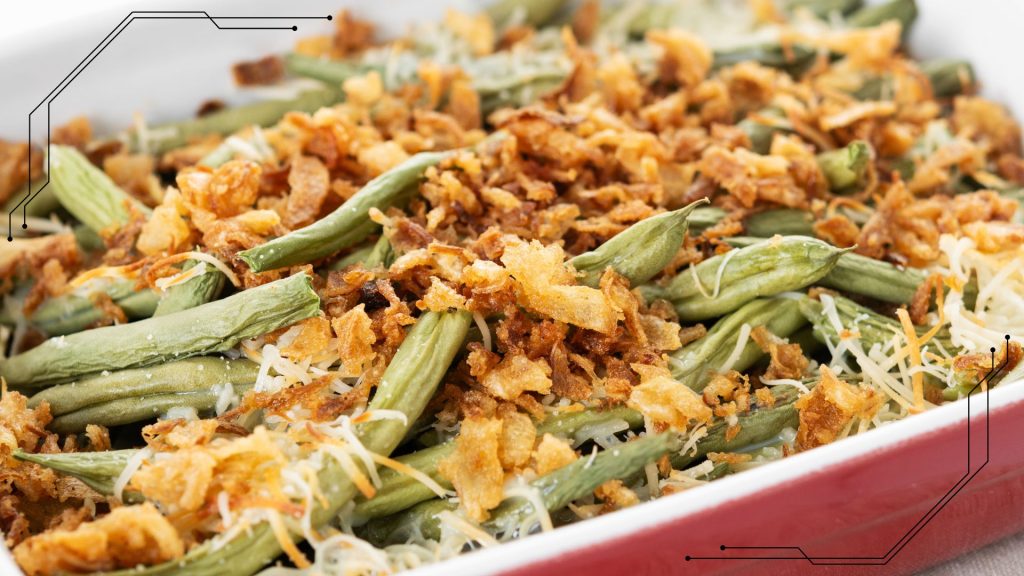Pickling cucumbers is a delightful way to preserve the fresh crunch of summer’s bounty. Whether you’re new to pickling or a seasoned pro, this guide will walk you through the process step-by-step.
Let’s dive into this easy and quick DIY project that you can do right at home! I will also give your
Why Pickle Cucumbers?
Pickling cucumbers is not only a great way to extend their shelf life but also enhances their flavor, adding a tangy and crisp bite to your meals. Homemade pickles are free from preservatives and can be customized to your taste preferences, making them a healthier and tastier option.
What You’ll Need
Before we start, gather these essential supplies:
Ingredients
- 2 pounds of fresh cucumbers (small and firm)
- 4 cups water
- 2 cups white vinegar
- 1/4 cup pickling salt
- 4 cloves garlic, peeled
- 1 tablespoon mustard seeds
- 1 tablespoon dill seeds or fresh dill sprigs
- 1 tablespoon black peppercorns
- 1/2 teaspoon red pepper flakes (optional, for a spicy kick)
Equipment
- Mason jars with lids (4 pint-sized jars)
- Large pot
- Knife and cutting board
- Measuring cups and spoons
- Funnel (optional but helpful)
Step-by-Step Guide to Pickling Cucumbers
Step 1: Prepare the Cucumbers
Wash and Trim: Thoroughly wash the cucumbers under cold water to remove any dirt. Trim off the ends to ensure they fit well into the jars.
Slice or Spear: Depending on your preference, slice the cucumbers into rounds, spears, or leave them whole.
Step 2: Make the Brine
Combine Ingredients: In a large pot, combine water, vinegar, and pickling salt. Stir the mixture until the salt dissolves completely.
Boil the Brine: Bring the brine to a boil over medium-high heat. Once boiling, remove it from the heat and let it cool slightly.
Step 3: Pack the Jars
Add Spices: Place a garlic clove, some mustard seeds, dill seeds or sprigs, peppercorns, and red pepper flakes (if using) into each mason jar.
Fill with Cucumbers: Pack the cucumbers tightly into the jars, leaving about 1/2 inch of headspace at the top.
Step 4: Add the Brine
Pour the Brine: Carefully pour the warm brine over the cucumbers, covering them completely. Use a funnel to avoid spills if needed.
Remove Air Bubbles: Tap the jars gently on the counter to remove any air bubbles. Wipe the rims clean with a damp cloth.
Step 5: Seal and Store
Seal the Jars: Place the lids on the jars and screw on the bands until finger-tight.
Cool and Store: Let the jars cool to room temperature. Once cooled, store them in the refrigerator.
Step 6: Wait and Enjoy
Pickling Time: Allow the cucumbers to pickle for at least 48 hours before tasting. The longer they sit, the more flavorful they will become.
Enjoy Your Pickles: Once ready, enjoy your homemade pickles straight from the jar, on sandwiches, or as a zesty side to your meals.
Tips for Perfect Pickles
Freshness Matters: Use the freshest cucumbers available for the best texture and flavor.
Customize the Flavor: Experiment with different spices and herbs to create your unique pickle recipe.
Label and Date: Always label your jars with the date of pickling to keep track of their freshness.

What are the health benefits of eating pickled cucumbers
Pickled cucumbers offer several potential health benefits:
Source of probiotics: Pickled cucumbers, especially fermented ones, contain probiotics that promote a healthy digestive system by maintaining the balance of beneficial bacteria in the gut.
Rich in antioxidants: Pickles contain antioxidants like beta-carotene, flavonoids, and phenols, which help fight inflammation and protect cells from oxidative stress. Beta-carotene may also lower the risk of heart disease, stroke, cancer, and respiratory diseases.
May help manage blood sugar: The vinegar in pickle juice may help keep blood sugar levels stable, which can be beneficial for those at risk of diabetes.
Muscle cramp relief: Pickle juice may help relieve muscle cramps after exercise, potentially working slightly better than water to replace lost electrolytes.
Nutritional value: Pickles are low in calories and fat, and they provide vitamin K. They may also contain vitamin A, calcium, and potassium. A medium cucumber provides 57% of your daily vitamin K, 10% of your daily vitamin C, 3 grams of protein, and 2 grams of fiber.
While pickles offer these benefits, they are often high in sodium, which may be a concern for some individuals. Excessive consumption of pickled cucumbers may also cause stomach and intestinal ulcers.
How do I make sweet and sour pickled cucumbers?
Sweet and sour pickled cucumbers are a delightful and simple way to preserve cucumbers while creating a flavorful side dish or condiment. To start, choose fresh cucumbers such as qukes, Lebanese, or English cucumbers.
These varieties are ideal because of their thin skin and crunchy texture. Slice the cucumbers thinly, either into rounds or spears, depending on your preference. You can also add thinly sliced shallots or red onions for an extra layer of flavor.
The pickling brine is the heart of the recipe. Combine vinegar (such as rice vinegar, apple cider vinegar, or white wine vinegar), sugar (granulated or maple syrup), salt, and water in a saucepan.
For added depth, include spices like mustard seeds, black peppercorns, grated ginger, and chili flakes if you prefer a spicy kick. Heat the mixture until the sugar and salt dissolve completely, then let it cool slightly.
Pack your prepared cucumber slices tightly into clean glass jars. Add fresh dill sprigs or dill flowers for a classic touch, along with optional spices like bay leaves or additional peppercorns. Pour the warm brine over the cucumbers, ensuring they are fully submerged. Close the jars tightly with sterilized lids to maintain freshness.
Allow the pickles to rest for at least 30 minutes before serving to let the flavors meld. For a more intense taste, refrigerate them overnight. These pickles can be stored in the refrigerator for up to one week and are perfect as a snack or an accompaniment to burgers, tacos, salads, or sandwiches.
This versatile recipe is easy to customize with your favorite spices and herbs. Whether you prefer a mild sweetness or a tangy punch of sourness, sweet and sour pickled cucumbers are a quick and satisfying addition to any meal.
What are the differences between pickling gherkins and regular cucumbers?
Gherkins and regular cucumbers, while both belonging to the same family, exhibit notable differences that influence their use, particularly in pickling. Gherkins are essentially smaller cucumbers, typically harvested before they reach full maturity.
Their diminutive size, usually ranging from 1 to 5 inches, allows for quicker fermentation when pickled. Regular cucumbers, on the other hand, can grow much larger, often exceeding 6 inches in length, and are commonly sliced for fresh consumption.
Texturally, gherkins and regular cucumbers diverge significantly. Gherkins possess a characteristically bumpy or spiny skin, contributing to a more pronounced crunch when pickled. Regular cucumbers generally feature smoother skin. This textural contrast affects the overall mouthfeel and sensory experience of the final pickled product. The thinner skin of pickling cucumbers allows the pickling brine to soak in better.
The flavor profiles also differ between gherkins and regular cucumbers, both before and after pickling. Raw cucumbers have a mild flavor, while gherkins, once pickled, tend to exhibit a more tart and herbaceous taste, especially when combined with flavorings such as garlic or tarragon.
This distinct flavor is partly due to the smaller size and unique skin texture, enabling more effective absorption of the pickling brine.
In terms of usage, gherkins are almost exclusively pickled due to their size and texture. Regular cucumbers, while suitable for pickling, are more versatile and frequently enjoyed fresh in salads, sandwiches, and as crudités.
When pickling regular cucumbers, the result can be softer pickles with more seeds. Specific varieties of cucumbers are bred for either slicing or pickling, with pickling cucumbers having thinner skins and black spines to enhance the final pickled product’s appearance.

